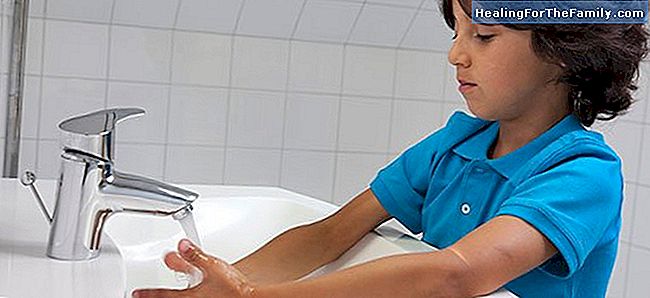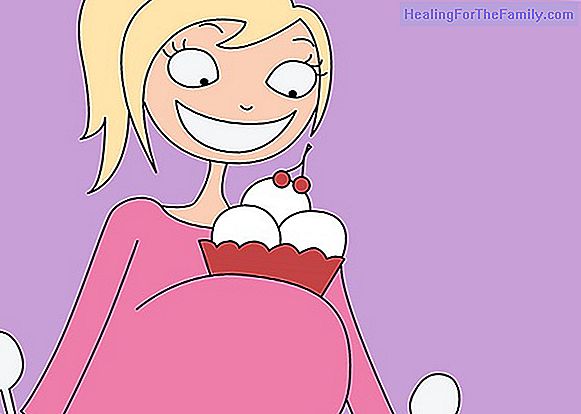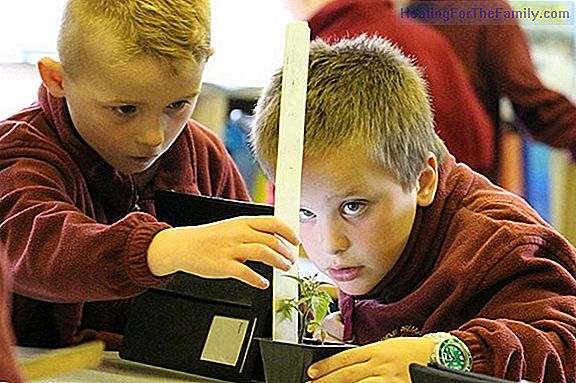Obsessive-compulsive disorder in children. Child's TOC
Obsessive-compulsive disorder TO (OCD) is an anxiety disorder, in which children usually present obsessions and compulsions, although these two characteristics are not always present, but only one. Obsessions are ideas, impulses or mental images recurrent that the child has unintentionally (can not
Obsessive-compulsive disorder TO (OCD) is an anxiety disorder, in which children usually present obsessions and compulsions, although these two characteristics are not always present, but only one. Obsessions are ideas, impulses or mental images recurrent that the child has unintentionally (can not avoid them even if they do not like) and that cause great anxiety. It is not about simple worries about problems of daily life. The child tries to ignore or suppress these obsessions and generally recognizes that they are a product of his mind and are not real. What is obsessive compulsive disorder in children
Compulsions are repetitive behaviors: washing hands, ordering things, making sure things; or mental actions: count, repeat words or pray that the child feels pushed to do to reduce the anxiety generated by the object of his obsession. Compuls Compulsions, unlike tics and manias, are carried out consciously: the child fights against them, but he is assailed by the fear that, if he does not do them, something terrible will happen to him. The compulsions or rituals are totally out of their control and completely dominate the child, who feels, again and again, the need to repeat them.

In order to diagnose obsessive-compulsive disorder, the child must recognize, at least on occasion, that obsessions or compulsions are excessive or absurd.
Types of obsessions in children
The most frequent obsessions are those that are accompanied by washing behaviors. OCD in children is very similar to that of adults. In fact, there are more similarities than differences.
In a study conducted in Spain on a large sample of children, they found that the most frequent obsessions were those related to fear of being contaminated, fear of harming themselves or others (usually a close relative), obsessions aggressive, and those of symmetry and order. The most frequent compulsions, on the other hand, were those of excessive or ritualized cleaning or washing, checking, repetition rituals, and counting, ordering or arranging.
In childhood, in addition, obsessions and atypical compulsions are frequently presented: rituals when writing or reading, moving and speaking (repeating sounds, words or phrases), etc. These rituals can be mechanical or neutralization.
Compulsions that resemble tics (repetitive or mechanical, impulse or to release energy) are also frequent, such as touching, brushing, hitting, breathing in a certain way, and winking or grimacing with the face or eyes.
Childhood OCD and hyperactivity
Obsessive-compulsive behaviors are very strongly associated with Tourette syndrome, tics, hyperactivity disorder and attention deficit, behavioral problems and specific developmental problems.
In this sense, several studies have validated the relationship between obsessive-compulsive disorder (OCD) and attention deficit hyperactivity disorder (ADHD) in children and adolescents. The presence of OCD in a child with ADHD often complicates the course of ADHD.
Alicia López de Fez.
Child Psychologist
Founder and Director of the López de Fez Psychology Center, in Valencia.

Web of the center: //www.centropsicologiainfantil.es












